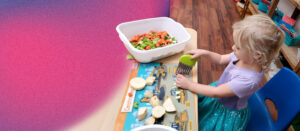The Montessori method promotes child-led learning through hands-on exploration and independence, fostering curiosity and a lifelong love for learning. At International Montessori, we believe this approach is accessible to all families, regardless of budget or location. With creativity and intention, you can create a Montessori-inspired home environment that supports your child’s development without breaking the bank.
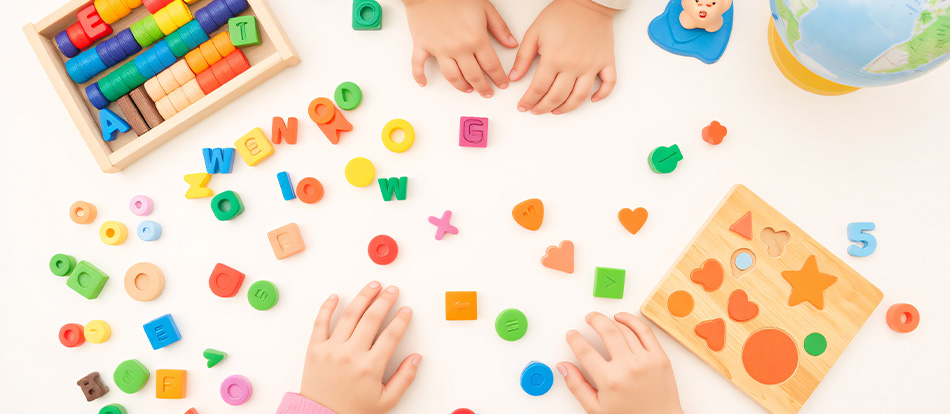
Understanding the Montessori Philosophy
Montessori education centers on nurturing a child’s natural curiosity and growth. Its core principles include:
- Prepared Environment: A child-friendly, organized space tailored to their size and abilities.
- Freedom within Limits: Children choose activities within a structured, safe setting.
- Hands-on Learning: Emphasis on sensory exploration and practical life skills. These principles can be applied at home, adapting to any budget or cultural context, making Montessori universal and inclusive.

Budget-Friendly Montessori Materials
You don’t need costly materials to create a Montessori environment. Here are practical, affordable ways to bring Montessori into your home:
- Repurpose Household Items
Everyday objects can double as engaging Montessori tools:- Kitchen Tools: Use wooden spoons, small pitchers, or bowls for pouring, scooping, or transferring activities.
- Textiles: Old scarves or fabric scraps work for folding or sensory play.
- Containers: Empty jars or boxes are perfect for sorting and matching games.
These items are cost-free, safe, and connect children to real-world tasks.
- DIY Montessori Materials
Craft your own materials to spark creativity and save money:- Sensory Bottles: Fill empty bottles with rice, beads, or colored water for sensory exploration.
- Sorting Trays: Use muffin tins or egg cartons for sorting small items like buttons or pebbles.
- Matching Cards: Print or draw flashcards to build vocabulary and memory skills.
Free online tutorials and parent communities provide endless inspiration for DIY projects.
- Second-Hand Treasures
Thrift stores and online marketplaces offer affordable Montessori-friendly finds:- Thrift Shops: Look for baskets, trays, or wooden toys that encourage open-ended play.
- Online Platforms: Check local buy/sell groups or marketplaces like eBay for gently used educational tools.
Always prioritize safety by ensuring items are age-appropriate and in good condition.
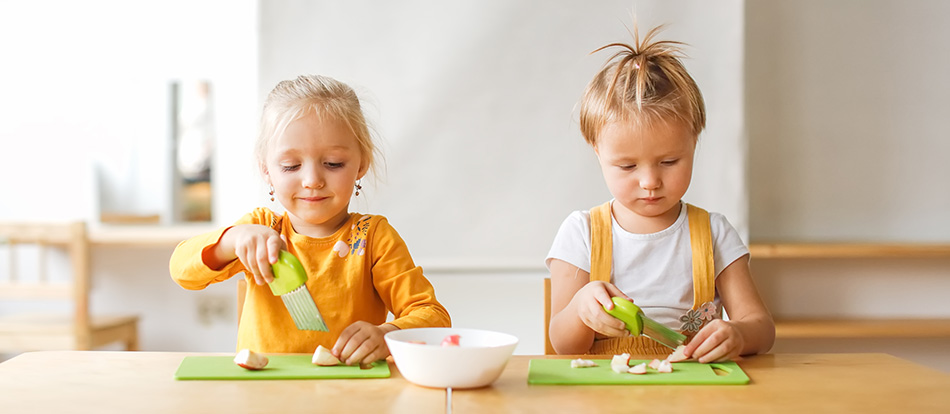
Setting Up a Montessori-Inspired Home
A Montessori environment is about more than materials—it’s about creating a space that fosters independence and focus:
- Child-Sized Furniture: Use low tables or stools so children can work comfortably.
- Accessible Shelving: Place materials on low, open shelves to encourage self-selection.
- Natural Light: A bright, inviting space enhances engagement and calm.
- Order and Simplicity: Keep the area clutter-free to promote concentration.
With thoughtful design, any home—urban apartment or rural dwelling—can become a hub for exploration.
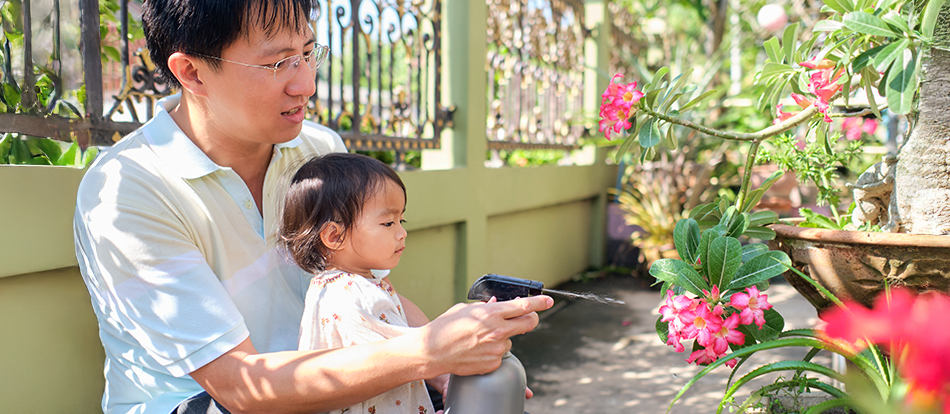
Weaving Montessori into Daily Life
Montessori principles extend beyond activities to everyday routines:
- Practical Life Skills: Involve children in tasks like sweeping, gardening, or preparing snacks to build confidence.
- Language Development: Read together, share stories, or introduce new words during daily interactions.
- Cultural Exploration: Celebrate your family’s heritage or explore global traditions through songs, recipes, or crafts.
These practices nurture holistic growth and make learning a natural part of life.
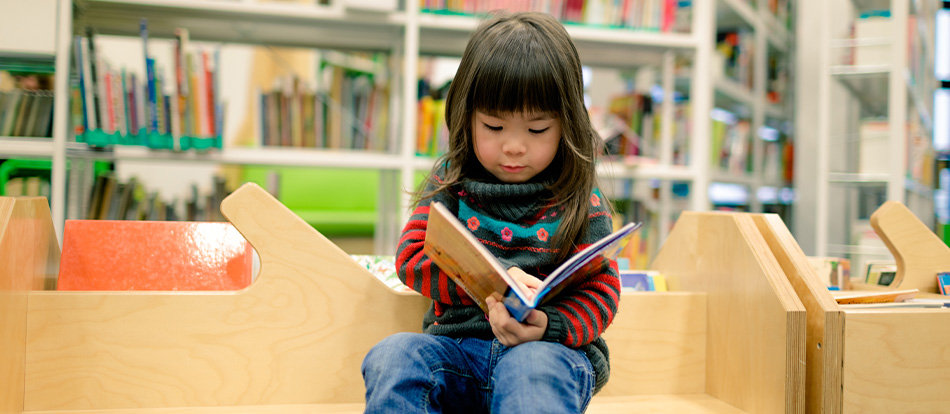
Adapting Montessori Globally
At International Montessori, we champion adapting the Montessori method to diverse cultures and communities:
- Local Materials: Use natural resources like shells, stones, or bamboo for sensory and counting activities.
- Cultural Relevance: Incorporate local stories, music, or art to make learning meaningful and relatable.
- Community Resources: Tap into local libraries, cultural centers, or parenting groups for shared materials or events.
By embracing local traditions and resources, Montessori becomes inclusive and accessible worldwide.
Conclusion
Creating a Montessori environment at home is within every family’s reach. By repurposing household items, crafting DIY materials, and thoughtfully designing a child-friendly space, you can foster independence and curiosity on any budget. At International Montessori, we encourage families everywhere to adapt these principles to their unique cultural and economic contexts, making the joy of Montessori learning universal.
For more inspiration, visit International Montessori’s resource hub or connect with our global community of parents and educators.


